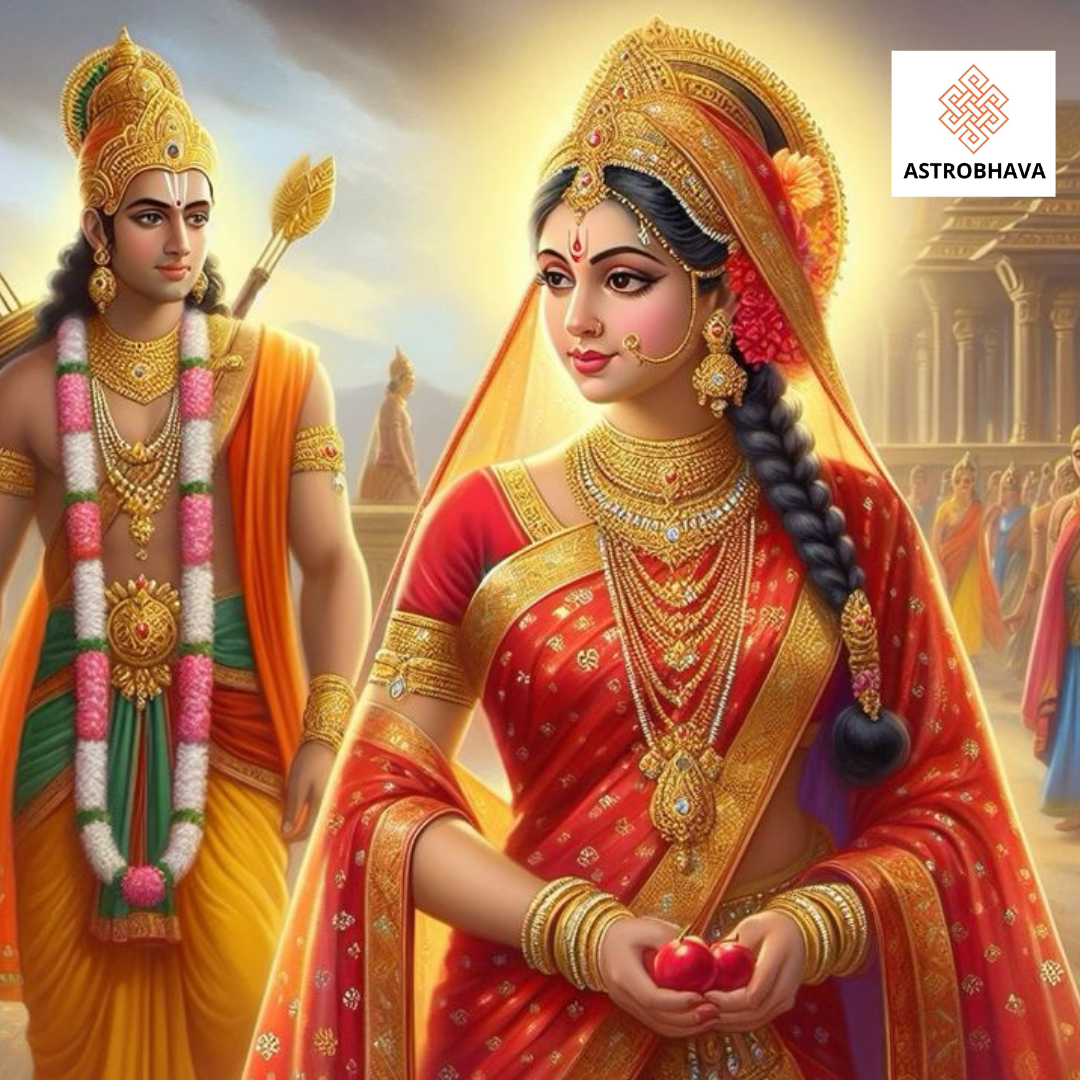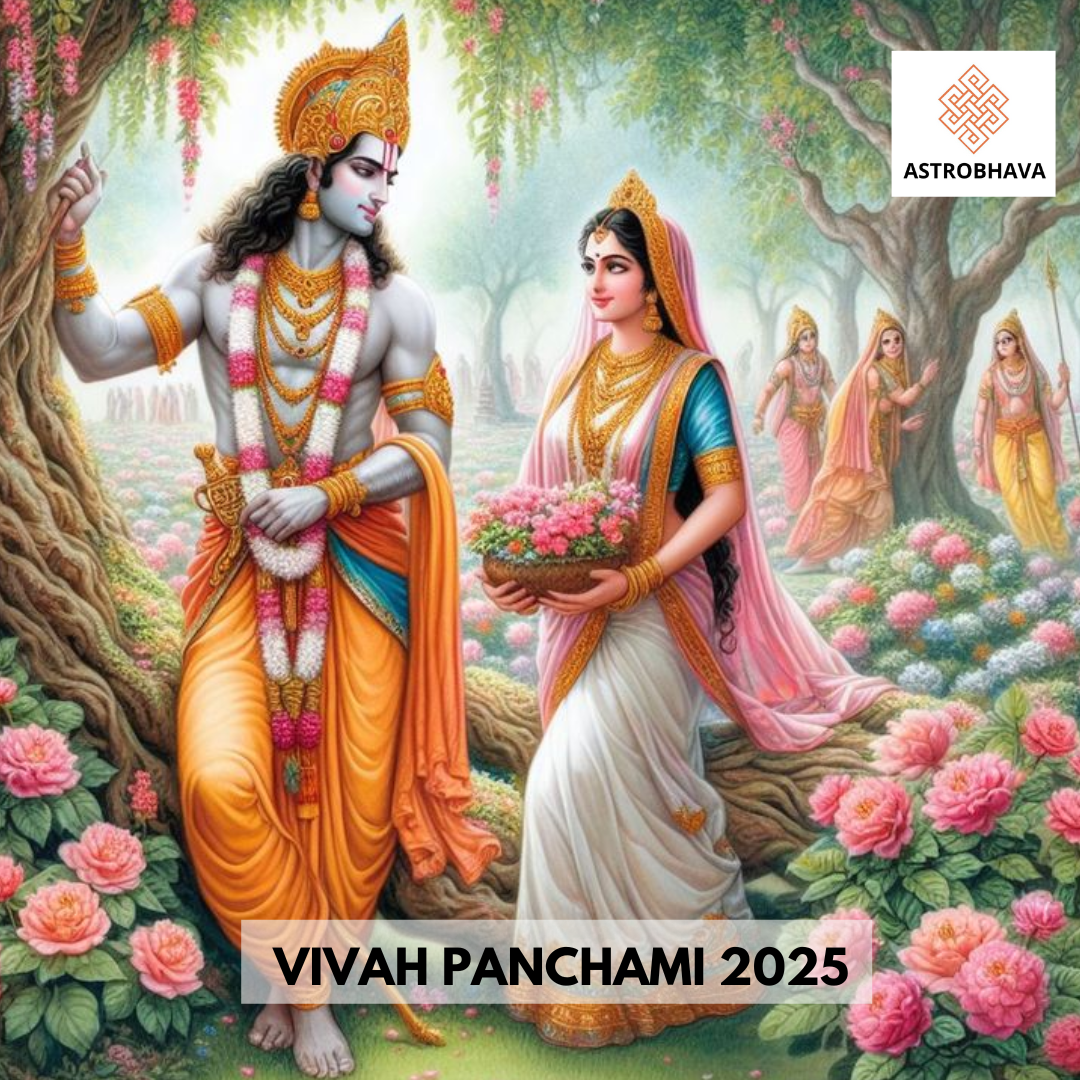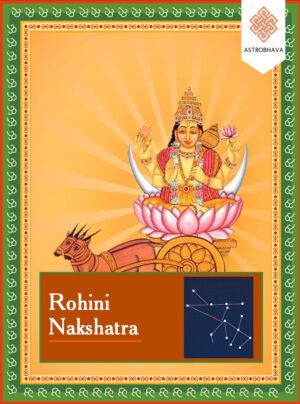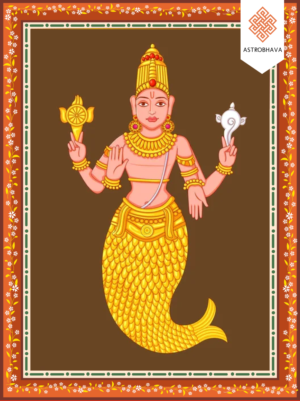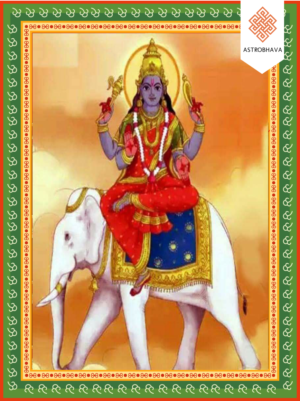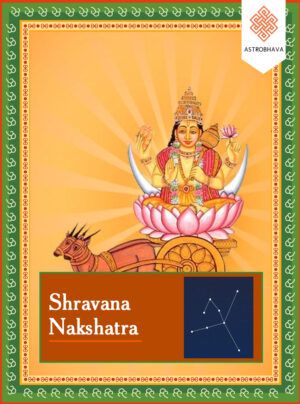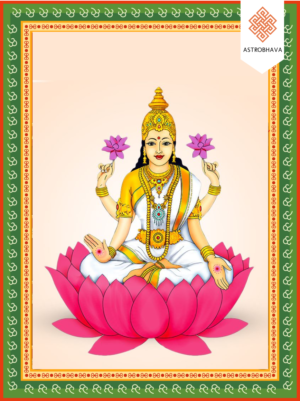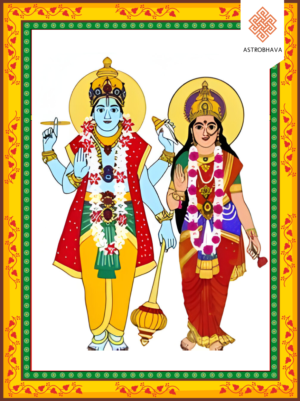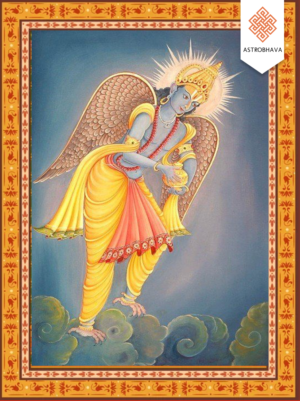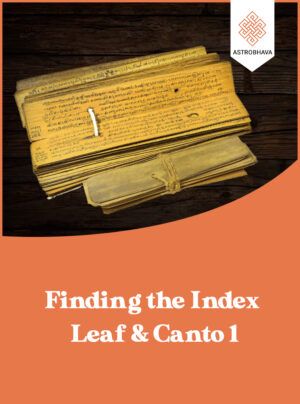Vivah Panchami 2025: Date, Puja Vidhi, and Significance
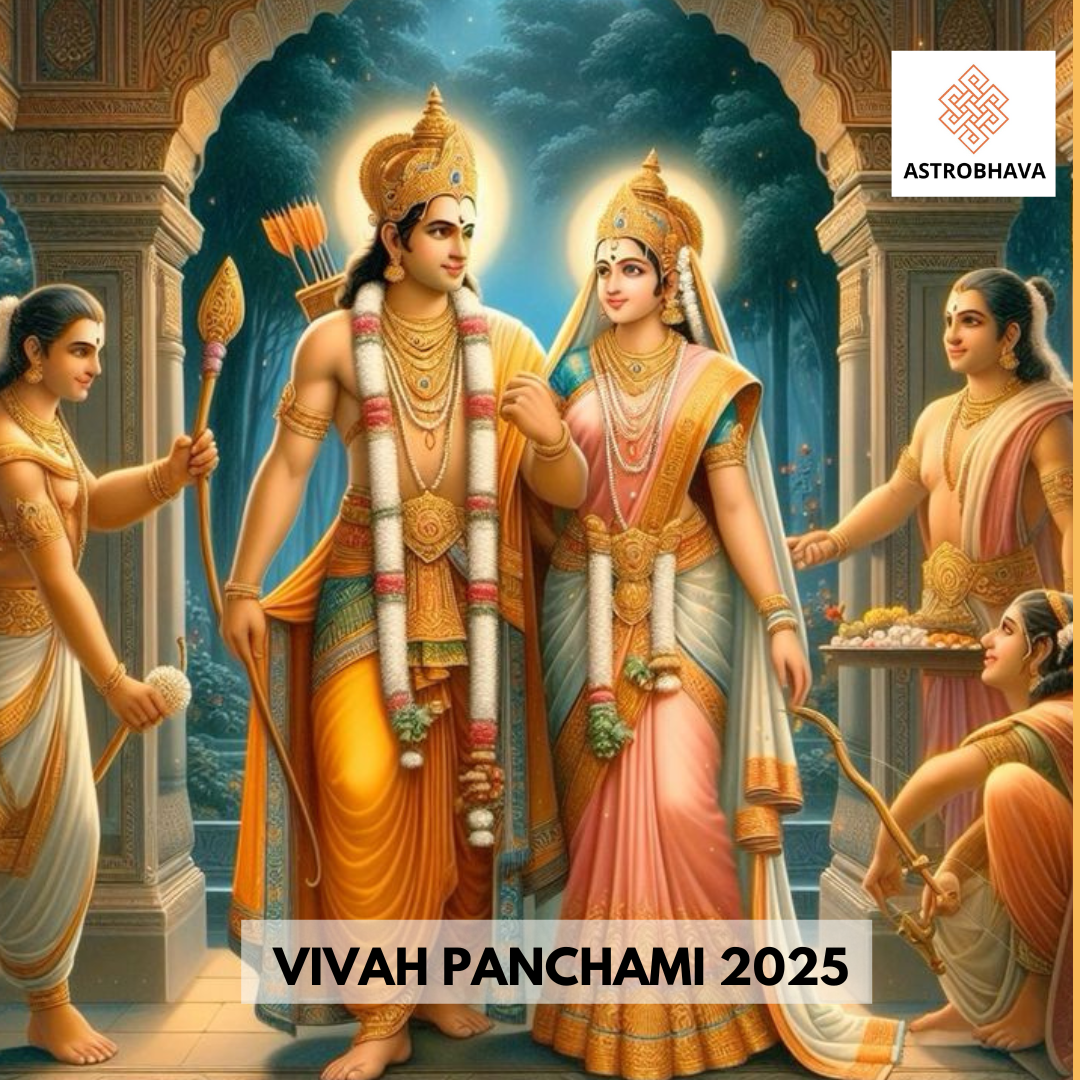
Vivah Panchami 2025 is an auspicious Hindu festival that celebrates the divine wedding of Lord Rama and Goddess Sita. This sacred occasion falls on the fifth day (Panchami) of the Shukla Paksha in the month of Margashirsha. Devotees observe this day with great devotion, performing special pujas and rituals to seek the blessings of the divine couple for a blissful marital life. The festival is particularly significant for those facing delays in marriage and those seeking divine blessings for a harmonious relationship. It is believed that observing the rituals on this day can bring immense peace, prosperity, and happiness to one’s marital life.
What is Vivah Panchami?
Vivah Panchami marks the celestial wedding anniversary of Lord Rama and Goddess Sita. As per Hindu mythology, this day commemorates the grand wedding ceremony that took place in Janakpur, the ancient kingdom of King Janaka. The wedding, described in the Ramayana, is an example of pure love, devotion, and dharma. It is widely celebrated in various parts of India and Nepal, especially in Ayodhya and Mithila. Devotees gather in temples to witness reenactments of the sacred wedding and participate in devotional singing and dancing. The festival is a reminder of the importance of duty, faith, and commitment in a marital relationship, encouraging couples to follow the ideals of Lord Rama and Goddess Sita.
Vivah Panchami 2025 Date and Muhurat
In 2025, Vivah Panchami falls on Sunday, December 14, 2025. The auspicious Panchami Tithi starts at 07:42 AM on December 14, 2025, and ends at 05:15 AM on December 15, 2025.
Shubh Muhurat for Vivah Panchami Puja
- Morning Muhurat: 8:00 AM – 10:30 AM
- Afternoon Muhurat: 1:00 PM – 3:30 PM
- Evening Muhurat: 5:00 PM – 7:00 PM
Performing puja during these timings enhances the spiritual benefits and brings divine blessings. Many devotees also conduct kirtans and bhajans in honor of Lord Rama and Goddess Sita, seeking their blessings for a happy and fulfilling marital life. The temples are beautifully decorated with flowers and lights, creating a divine and festive atmosphere. Many devotees also observe fasts and offer donations to the needy as a part of their religious observance.
Historical Significance of Vivah Panchami
Vivah Panchami holds immense historical and religious importance in Hindu culture. According to the Ramayana, King Janaka organized a Swayamvara for his daughter, Sita. The challenge was to lift and string Lord Shiva’s divine bow. While many mighty kings failed, Lord Rama effortlessly lifted the bow and broke it, winning Sita’s hand in marriage. This divine union symbolizes the victory of righteousness, devotion, and dharma. The event is considered a landmark moment in Hindu mythology, emphasizing the role of divine intervention in guiding human destiny. The grand wedding of Lord Rama and Goddess Sita is often reenacted in temples and cultural programs, attracting thousands of devotees who gather to witness this sacred event.
The Story of Vivah Panchami
The Vivah Panchami Katha is derived from the Ramayana and unfolds the divine events leading to the sacred union of Lord Rama and Goddess Sita.
1. Birth of Goddess Sita
The story begins with King Janaka, the ruler of Mithila (modern-day Nepal). He was a righteous and wise king but had no children. One day, as part of a religious ritual, he was plowing the fields when he discovered a baby girl in a furrow. Amazed by this divine event, he realized that the child was a celestial blessing. Since she was found in the earth (Bhoomi), he named her Sita, meaning “furrow” in Sanskrit.
Sita was raised as a princess of Mithila and grew up to be a woman of unparalleled beauty, virtue, and intelligence. As she matured, King Janaka decided that she should be married to a worthy and powerful suitor.
2. The Swayamvara of Sita
To find the perfect match for Sita, King Janaka organized a grand Swayamvara, a ceremony where princes and kings from various regions were invited to compete for her hand in marriage. However, there was a unique challenge:
- The Bow of Lord Shiva (Pinaka) – Sita, as a young girl, had once playfully lifted Lord Shiva’s divine bow, which was stored in the royal palace of Mithila. Seeing her divine strength, King Janaka decided that her husband should be someone who could lift and string the bow—a feat beyond human capability.
- Many powerful kings, including Ravana, the king of Lanka, and other warriors, attempted to lift the bow but failed miserably. Janaka, witnessing their failure, became concerned and even lamented that no one might be capable of marrying his daughter.
3. The Arrival of Lord Rama
At this time, Maharishi Vishwamitra, a revered sage, was guiding Lord Rama and his younger brother Lakshmana through the forests. He brought them to Mithila to witness the Swayamvara.
- As Rama entered the court, he was captivated by Sita’s divine beauty, and she, in turn, felt an immediate spiritual connection with him.
- Upon Vishwamitra’s instruction, Rama stepped forward and effortlessly lifted the bow. Not only did he string it, but as he pulled the string, the bow broke into two pieces with a thunderous sound.
- The heavens rejoiced, celestial beings showered flowers, and King Janaka declared, “Today, I have found the perfect groom for my daughter!”
4. The Grand Wedding of Rama and Sita
Following the breaking of Shiva’s bow, King Janaka sent messengers to Ayodhya, inviting King Dasharatha (Rama’s father) and the royal family for the wedding. The marriage was celebrated with immense grandeur in Mithila.
- Divine Blessings – The wedding was attended by sages, celestial beings, and gods who blessed the divine couple.
- A Grand Family Union – Along with Rama and Sita, the other three princes of Ayodhya also got married:
- Lakshmana married Urmila (Sita’s younger sister).
- Bharata married Mandavi (daughter of Janaka’s brother, Kushadhwaja).
- Shatrughna married Shrutakirti (Mandavi’s sister).
- The wedding procession was a magnificent affair, filled with music, dance, and joy. Devotees believe that witnessing this divine wedding brings good fortune and prosperity.
After the wedding, Rama and Sita returned to Ayodhya, where they lived happily until they were later exiled to the forest, as narrated in the Ramayana.
Vivah Panchami Puja Vidhi
Vivah Panchami is an auspicious Hindu festival celebrated on the fifth day (Panchami) of the Shukla Paksha (waxing phase of the moon) in the month of Margashirsha (November-December). It marks the divine wedding anniversary of Lord Rama and Goddess Sita, as described in the Ramayana. The festival is particularly grand in Ayodhya and Janakpur (Nepal), where special rituals and festivities take place.
Below is a detailed Vivah Panchami Puja Vidhi, including preparation, required items, and step-by-step rituals.
Preparation for Vivah Panchami Puja
Before performing the puja, devotees should ensure the following:
Puja Samagri (Materials Required)
- Idols or pictures of Lord Rama and Goddess Sita
- Flowers (especially marigold and lotus)
- Panchamrit (mixture of milk, curd, honey, sugar, and ghee)
- Kalash (sacred water pot)
- Sacred thread (Mauli)
- Chandan (sandalwood paste)
- Kumkum (vermilion) and Haldi (turmeric)
- Incense sticks (Agarbatti) and Dhoop
- Lamps (Diya) and ghee for lighting
- Fruits, sweets, and dry fruits for prasad
- Betel leaves and nuts
- Tulsi leaves
- Rice grains (Akshat)
- Coconut
- Holy book – Ramayana or Ramcharitmanas
Step-by-Step Vivah Panchami Puja Vidhi
1. Purification & Sankalpa (Pledge)
- Wake up early in the morning and take a holy bath.
- Clean the puja area and place the idols or pictures of Lord Rama and Goddess Sita on a clean altar.
- Sprinkle Gangajal (holy water) on yourself and the puja items to purify them.
- Take a Sankalpa (vow) by holding water in your right hand and praying for the successful completion of the puja.
2. Kalash Sthapana (Establishing the Sacred Pot)
- Place a Kalash filled with water and mango leaves near the deities.
- Tie a Mauli (sacred red thread) around the Kalash and place a coconut on top.
- Chant the following mantra:
“ॐ गणानां त्वा गणपतिं हवामहे कविं कवीनामुपमश्रवस्तमम्।”
3. Invocation of Lord Ganesha
- Light a Diya and incense sticks to begin the puja.
- Offer flowers, sandalwood paste, and sweets to Lord Ganesha and chant:
“वक्रतुंड महाकाय सूर्यकोटि समप्रभः।
निर्विघ्नं कुरु मे देव सर्वकार्येषु सर्वदा॥”
(Vakratunda Mahakaya Surya Koti Samaprabha, Nirvighnam Kuru Me Deva Sarva Karyeshu Sarvada.)
“Seek the Blessings of Lord Ganesha: Book Your Ganesha Homa Now”
4. Worship of Lord Rama and Goddess Sita
- Offer Chandan (sandalwood paste) to the idols of Lord Rama and Sita.
- Apply Kumkum and Haldi to the idols.
- Decorate them with flowers and garlands.
- Offer Tulsi leaves, as Lord Vishnu (Rama) is especially pleased with Tulsi.
- Chant Sri Ram Chalisa or recite Sita-Ram Katha from the Ramayana.
5. The Marriage Ritual
- The symbolic wedding of Lord Rama and Goddess Sita is performed, similar to a Hindu wedding ceremony.
- Mangalashtak Mantras are chanted while offering flowers and performing Aarti.
- Sindoor (vermilion) is offered to Goddess Sita.
- Devotees also tie a thread around their wrist, signifying divine blessings.
6. Aarti and Prasad Distribution
- Perform Aarti by lighting camphor and moving it in a circular motion before the deities while singing:
- “Shri Ram Chandra Kripalu Bhajaman”
- “Jai Siya Ram Jai Jai Ram”
- Offer sweets, fruits, and Panchamrit as Prasad to Lord Rama and Goddess Sita.
- Distribute the Prasad among family members and devotees.
Spiritual Significance of Vivah Panchami
Vivah Panchami is a sacred Hindu festival that commemorates the divine marriage of Lord Rama and Goddess Sita. Celebrated on the fifth day (Panchami) of the Shukla Paksha in the Hindu month of Margashirsha (November–December), this auspicious occasion holds immense spiritual significance, particularly for devotees of Lord Vishnu and Goddess Lakshmi. It symbolizes the ideal marital bond, dharma, devotion, and the divine blessings for a prosperous and harmonious life.
1. Mythological Background of Vivah Panchami
Vivah Panchami is rooted in the Ramayana, one of the most revered Hindu scriptures. According to legend:
- King Janaka of Mithila found baby Sita while plowing a field. He adopted her as his daughter.
- As Sita grew, Janaka set a divine challenge for her suitor: any man who could string the mighty Shiva Dhanush (bow of Lord Shiva) would be deemed worthy of marrying her.
- During the grand swayamvar in Mithila, several kings and warriors failed the challenge. However, Lord Rama, the seventh incarnation of Vishnu, effortlessly lifted and broke the bow, fulfilling the condition.
- Sita and Rama were then married in a grand celestial ceremony on the day now celebrated as Vivah Panchami.
“Experience the Power of Divine Love: Perform Divine Royalty Love & Marriage Rituals for a Blissful Union”
2. Spiritual Symbolism of Vivah Panchami
a. Ideal Marital Union (Dharma & Devotion)
Lord Rama and Goddess Sita represent the epitome of an ideal couple, embodying mutual love, respect, and unwavering commitment. Their marriage symbolizes the sanctity of the husband-wife relationship, which is deeply rooted in dharma (righteousness) and divine duty.
b. Representation of Vishnu and Lakshmi
Lord Rama is an incarnation of Vishnu, and Goddess Sita is an incarnation of Goddess Lakshmi. Their union represents the cosmic balance of prosperity (Lakshmi) and divine protection (Vishnu). Devotees believe that worshiping them on this day invokes their blessings for a blissful married life.
c. Triumph of Virtue Over Materialism
The breaking of the Shiva Dhanush symbolizes the victory of spiritual strength over mere material power. While many kings sought Sita’s hand based on wealth and might, Rama won her through virtue and divine strength, emphasizing that righteousness prevails over worldly pride.
d. Harmony of Masculine and Feminine Energies
Vivah Panchami signifies the divine merger of masculine (Purusha) and feminine (Prakriti) energies. This sacred balance sustains the universe, reinforcing the Hindu philosophical concept of Ardhanarishvara—the unity of Shiva and Shakti in different manifestations.
Benefits of Performing Vivah Panchami Puja
1. Ensures a Blissful Married Life
Worshiping Lord Rama and Goddess Sita on Vivah Panchami is believed to bless devotees with a happy and prosperous married life. Their divine relationship serves as an ideal example of love, understanding, and unwavering faith between partners.
2. Removes Obstacles in Marriage
For individuals facing delays or difficulties in getting married, performing Vivah Panchami Puja helps remove doshas (planetary obstructions) and other hurdles, paving the way for a successful marriage.
3. Strengthens the Bond Between Couples
Married couples who perform this puja together receive divine blessings to strengthen their bond, ensuring a harmonious and long-lasting relationship. The puja fosters trust, love, and mutual respect in the marital journey.
4. Brings Peace and Prosperity
Vivah Panchami Puja not only blesses marital relationships but also invites peace and prosperity into the household. It purifies the atmosphere, removes negativity, and fills the home with positive energy.
5. Enhances Spiritual Growth
Observing this sacred day through fasting, prayers, and devotional activities helps individuals deepen their spiritual connection with the divine. It aids in self-purification and brings inner peace.
6. Blessings for Childless Couples
Devotees seeking progeny often perform Vivah Panchami Puja to seek the blessings of Lord Rama and Goddess Sita for a healthy and happy family.
7. Resolves Marital Disputes
Couples experiencing misunderstandings, conflicts, or hardships in their marriage can perform this puja to seek divine intervention in resolving their differences and restoring harmony.
Conclusion
Vivah Panchami 2025 is a highly auspicious occasion for devotees seeking a happy married life. Performing the rituals with dedication brings peace, love, and divine blessings. The festival is a powerful reminder of the eternal values of love, duty, and devotion that Lord Rama and Goddess Sita embody. If you are facing any challenges in marriage or want to know more about auspicious wedding muhurats, consult expert astrologers at AstroBhava for personalized guidance and remedies. Seeking astrological advice can help align your marriage prospects with divine timing and ensure a blissful marital journey.
FAQs about Vivah Panchami 2025
- When is Vivah Panchami in 2025?
Vivah Panchami 2025 falls on December 14, 2025. - What is the significance of Vivah Panchami?
It marks the divine wedding of Lord Rama and Goddess Sita and is considered highly auspicious for marital harmony. - What are the rituals of Vivah Panchami?
The rituals include idol worship, recitation of Ramcharitmanas, abhishek, aarti, and katha. - Where is Vivah Panchami celebrated?
It is widely celebrated in Ayodhya, Mithila (Janakpur, Nepal), and various temples across India. - What are the benefits of observing Vivah Panchami?
It helps in removing marriage-related obstacles, brings happiness in relationships, and ensures divine blessings.
Celebrate Vivah Panchami 2025 with devotion and let the divine couple bless you with a blissful life!
Categories
- Astrological Remedies
- Astrology Guides
- Astrology Remedies for Wellness
- Career Astrology & Personal Growth
- Cosmology
- Festivals & Vedic Rituals
- Homa and Fire Rituals (Yagna)
- Japa
- Mantra
- nadi astrology
- nakshatras
- numerology
- Pilgrimage
- planets houses
- Progency
- Puja & Rituals
- Relationships
- rudra puja
- Rudraksha and gemstone
- Spiritual Astrology
- Spiritual Practices and Chanting
- Spiritual Rituals and Personal Empowerment
- Spiritual Tools & Personal Growth
- Spiritual Wellness and Protection
- Spirituality and Rituals
- Spirituality or Vedic Rituals
- Vastu Tips
- Vedic Astrology
- yantras
- Zodiac Signs
Top rated product
- Quick View
- Add to WishlistAdd to Wishlist
- Select options This product has multiple variants. The options may be chosen on the product page
- Quick View
- Add to WishlistAdd to Wishlist
- Select options This product has multiple variants. The options may be chosen on the product page
- Quick View
- Add to WishlistAdd to Wishlist
- Select options This product has multiple variants. The options may be chosen on the product page
- Quick View
- Add to WishlistAdd to Wishlist
- Select options This product has multiple variants. The options may be chosen on the product page
- Quick View
- Add to WishlistAdd to Wishlist
- Select options This product has multiple variants. The options may be chosen on the product page
- Quick View
- Add to WishlistAdd to Wishlist
- Select options This product has multiple variants. The options may be chosen on the product page
- Quick View
- Add to WishlistAdd to Wishlist
- Select options This product has multiple variants. The options may be chosen on the product page
- Quick View
- Add to WishlistAdd to Wishlist
- Add to cart

